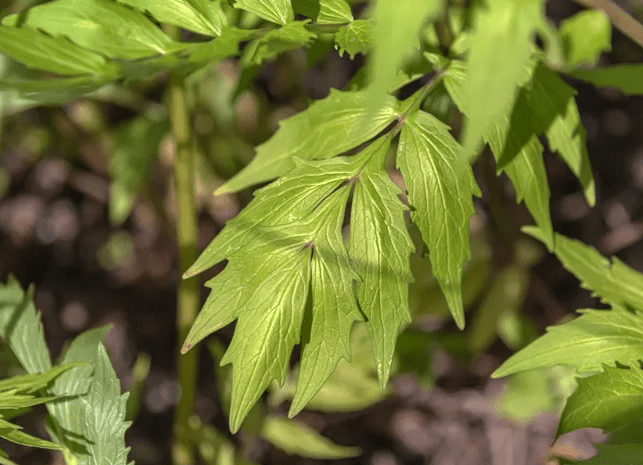
Description
One of the frequent names for the word is “all-heal,” and its roots are in the Latin verb valere, which means “to be strong and healthy.”
Valerian root has numerous therapeutic uses and is well-known for being a powerful sleep aid. When in bloom, the plant’s top is covered in tiny, pale pink or white blooms, and it can reach a height of five feet. It is not related to the red valerian plant, Centranthus ruber, although it looks similar. The color of red valerian flowers is a considerably darker pink.
The fragrant aroma of these blossoms is akin to that of vanilla and cloves, and their copious nectar attracts bees.
Habitat
Native to Europe and Asia, Valerian (Valeriana officinalis) is a perennial plant with flowers.
Uses
The leaves are used to make a poultice for bruises, and the root has been used to treat menstrual cramps, sleeplessness, coughs, and muscle aches. Nowadays, the majority of people utilize it to aid with relaxation or sleep. It can be consumed as capsules or prepared as an infusion or tea. Because the tea can have a disagreeable astringent taste and strong odor, some people prefer the capsule form. Numerous fly species, especially hoverflies, are drawn to Valerian plants, which are also an important source of food for numerous butterfly species. Cats enjoy the scent of the plant as much, if not more, than they do catnip.

Plant Care
- Light
Valerian can tolerate full sun exposure and is not very sensitive to intense light. On the other hand, choosing a location with afternoon sun access in a partially sunny area will support its growth.
- Soil
As long as there is adequate drainage, Valerian can thrive in a variety of soil types and textures, however it likes a sandy loam. In meadows and grasslands, it usually grows wild. Adding compost will help because clay soils might not have the drainage required to keep the plants constantly hydrated.
- Temperature and Humidity
Valerian can withstand severe winter weather conditions and is extremely cold hardy. In winter, the plants die back, and in April, they reappear.
- Fertilizer
If you want to keep your valerian plants from growing too big of roots, you should use a high-nitrogen fertilizer instead of the typical NPK kind.
Table





